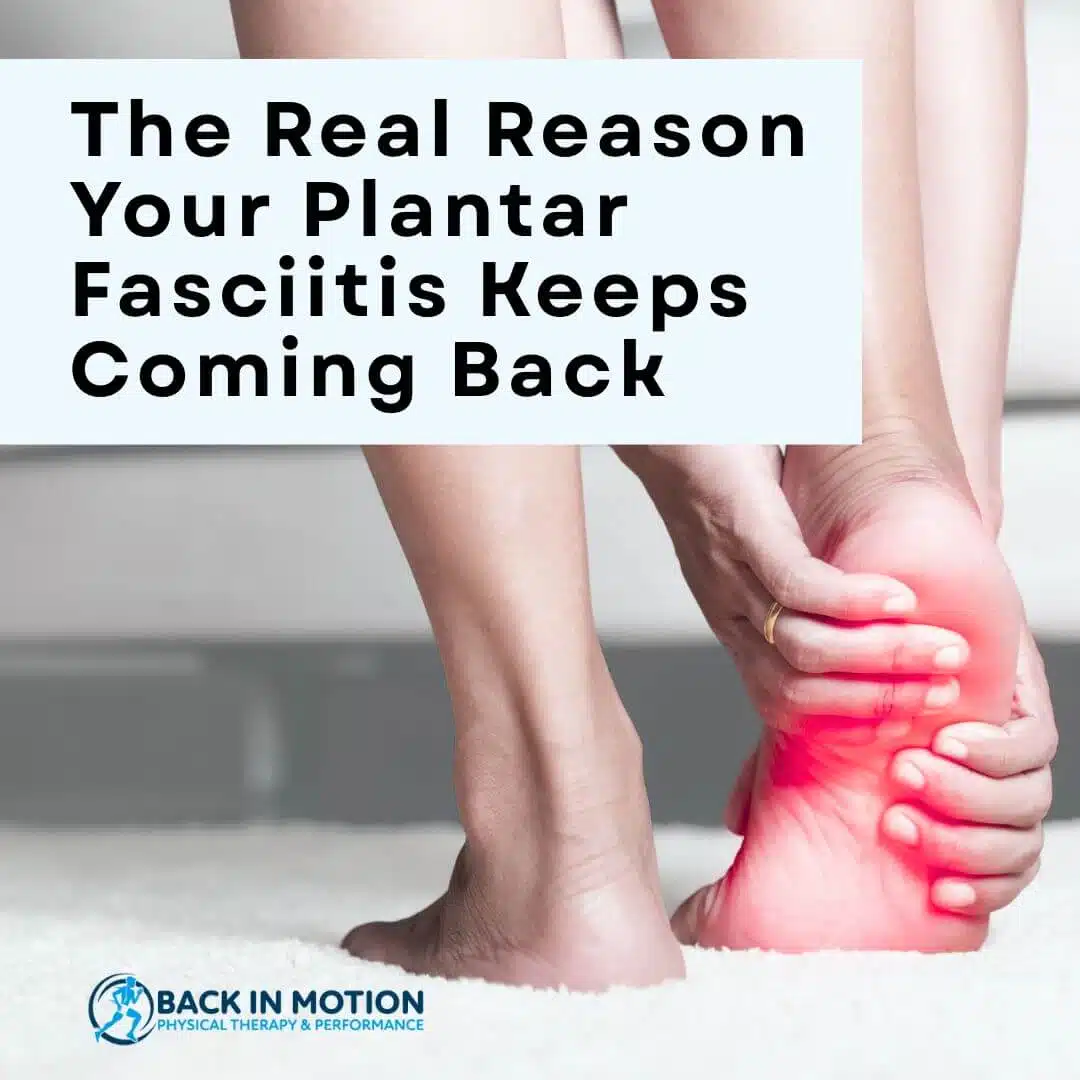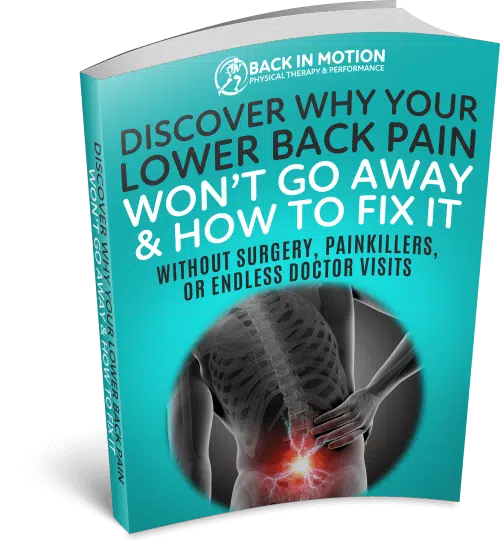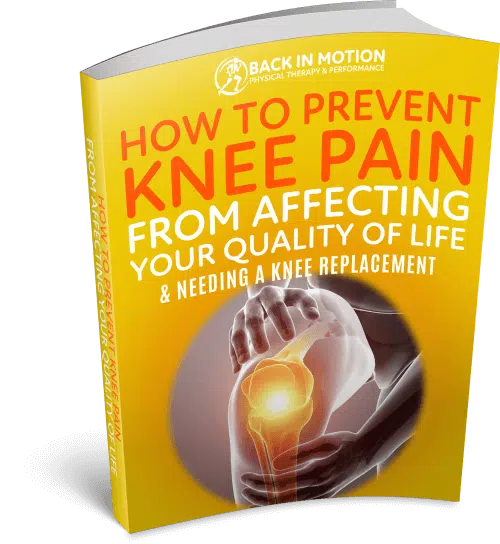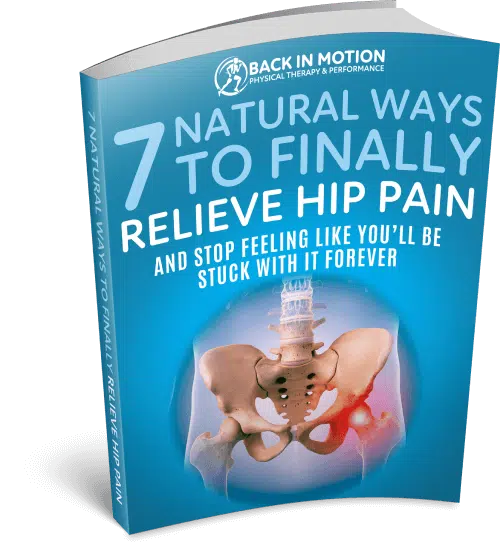The Real Reason Your Plantar Fasciitis Keeps Coming Back
(Hint: It’s Not Just About Your Feet)
You’ve tried everything.
Icing. Stretching. Orthotics.
Maybe even cortisone injections.
And for a little while, your foot felt better.
But then… the pain came back.
That familiar sharp, stabbing heel pain — especially in the morning or after long periods on your feet — returns with a vengeance. And the cycle starts all over again.
If this sounds like your story, you’re not alone.
And more importantly — you’re not broken.
You’ve just been treated for the symptom, not the source.
Most Plantar Fasciitis Treatments Are Too Narrow
When most people hear “plantar fasciitis,” they automatically think about the foot — because that’s where the pain is. So naturally, most treatment plans target the foot itself:
- Arch supports or orthotics
- Icing and rest
- Night splints
- Stretching the calves or plantar fascia
- Taping and massage
These things might provide temporary relief. But here’s the problem:
They rarely address why the plantar fascia was overloaded in the first place.
Until you fix that, the pain will keep coming back — or never fully go away.
The Kinetic Chain: Why the Problem Starts Above Your Foot
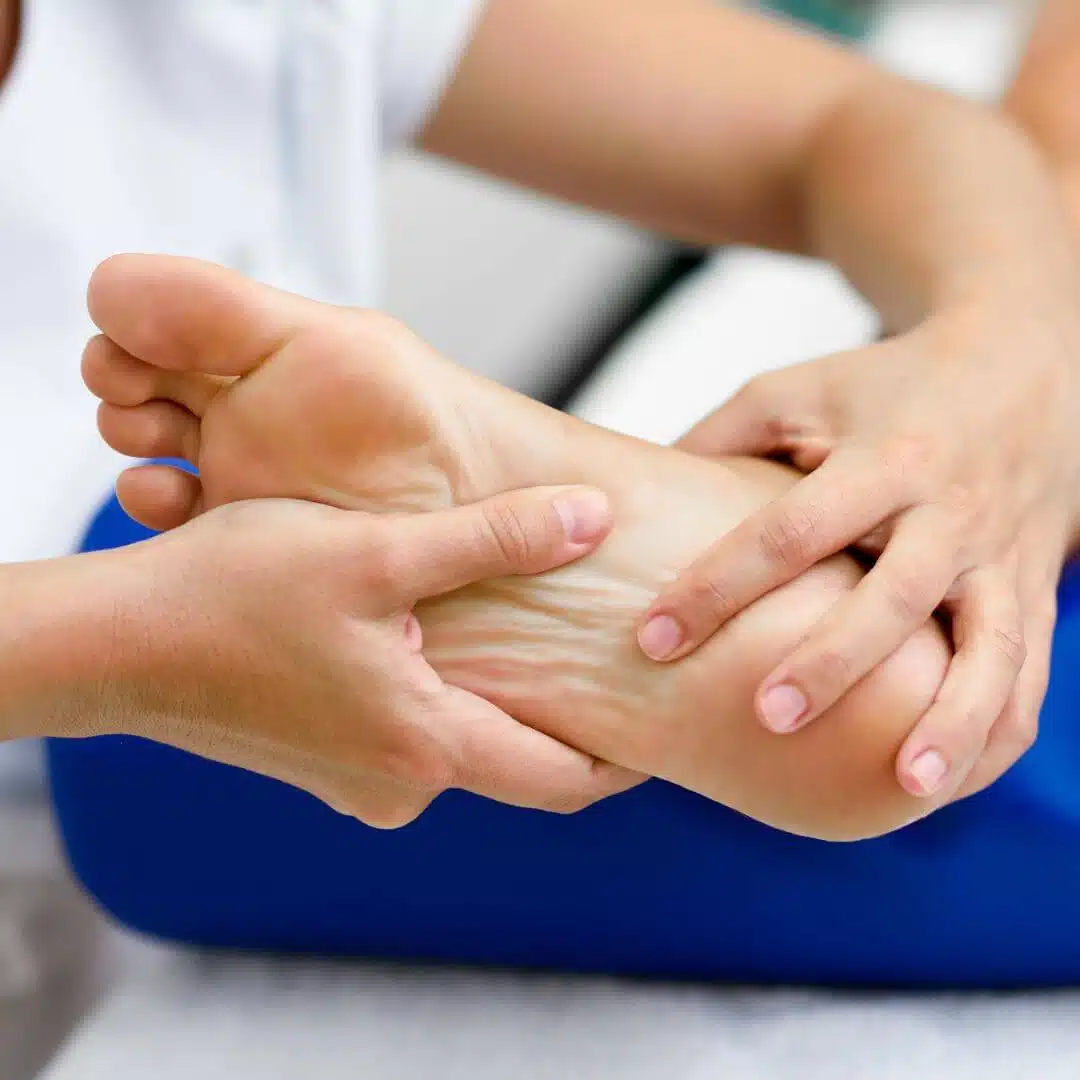
The human body is a connected system. What happens at your hips or knees directly affects how your foot moves and absorbs force.
This is called the kinetic chain — a term used to describe how one joint affects the next in a coordinated sequence of movement.
Think about walking or running:
- Your glutes and hip rotators control your leg’s alignment
- Your knee stabilizes your stride
- Your foot and ankle absorb whatever the joints above send down
If your hips or knees aren’t doing their job properly, the plantar fascia ends up handling more load than it’s designed to — and over time, it breaks down.
Common Biomechanical Causes of Recurring Plantar Fasciitis

Weak Glutes and Poor Hip Control
When the glute medius and hip rotators are weak, your leg tends to collapse inward (internal rotation). This causes excessive pronation — or flattening — of the arch. Your foot becomes unstable, and the plantar fascia stretches repeatedly with every step.
Tight Hip Flexors and Poor Pelvic Control
Tight hips throw off your stride and limit proper push-off mechanics, forcing the foot to overwork during gait. It’s like driving a car with misaligned tires — the wear and tear show up in the wrong place.
Poor Single-Leg Stability
If your body can’t balance and stabilize on one leg (which happens constantly when walking or running), you compensate by over-gripping the ground, leading to overuse of the plantar fascia.
Knee Instability or Misalignment
When the knee collapses inward (valgus), it causes a chain reaction: the arch collapses, the heel turns outward, and the fascia stretches excessively.
The result?
Heel pain that just won’t quit — no matter how many times you stretch your calves.
Why Traditional PT Often Misses This

At Back In Motion, we see this mistake all the time:
Patients who’ve been through weeks of therapy — but nobody ever looked above the ankle.
If your treatment has only focused on your foot, you’ve only received part of the story.
This is why we use the Gray Method™, our signature full-body approach that detects the true cause of pain — not just where it hurts.
We don’t guess. We assess.
And more often than not, the root of your plantar fasciitis is in your hips, knees, or overall movement pattern — not just the bottom of your foot.
How Sports Physical Therapy Solves the Real Problem
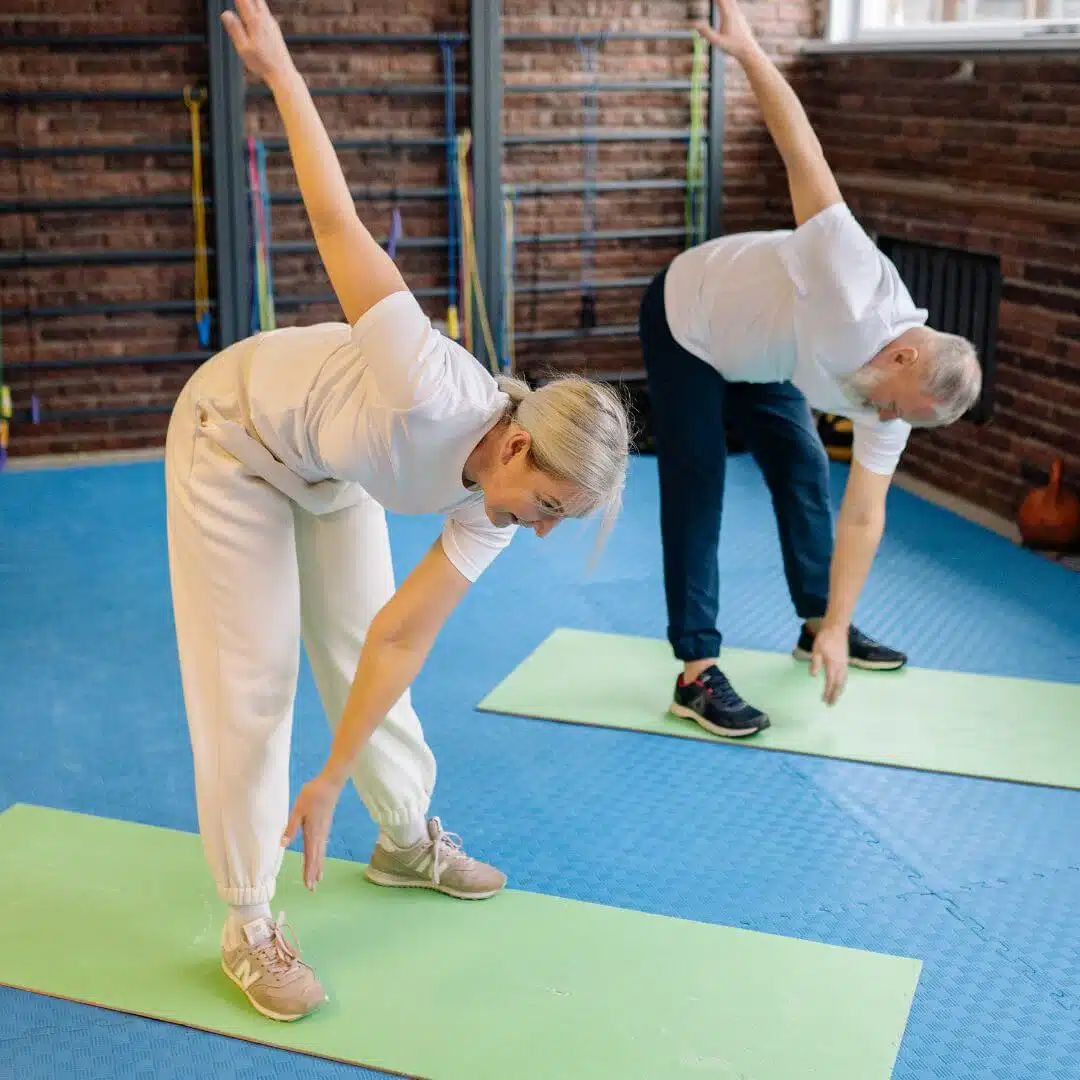
This is where a performance-based approach to rehab makes all the difference.
We use principles of sports physical therapy to restore your body’s natural movement from the top down. That means assessing how your hips, knees, and feet are moving together, not in isolation.
A proper rehab plan should include:
- Gait and movement analysis
- Hip and core strength training
- Dynamic balance and single-leg stability work
- Manual therapy to restore joint motion and tissue mobility
- Progressive loading of the plantar fascia — safely and strategically
This approach doesn’t just give you relief — it helps you move better long-term so the pain doesn’t come back.
What Real Plantar Fasciitis Treatment Looks Like
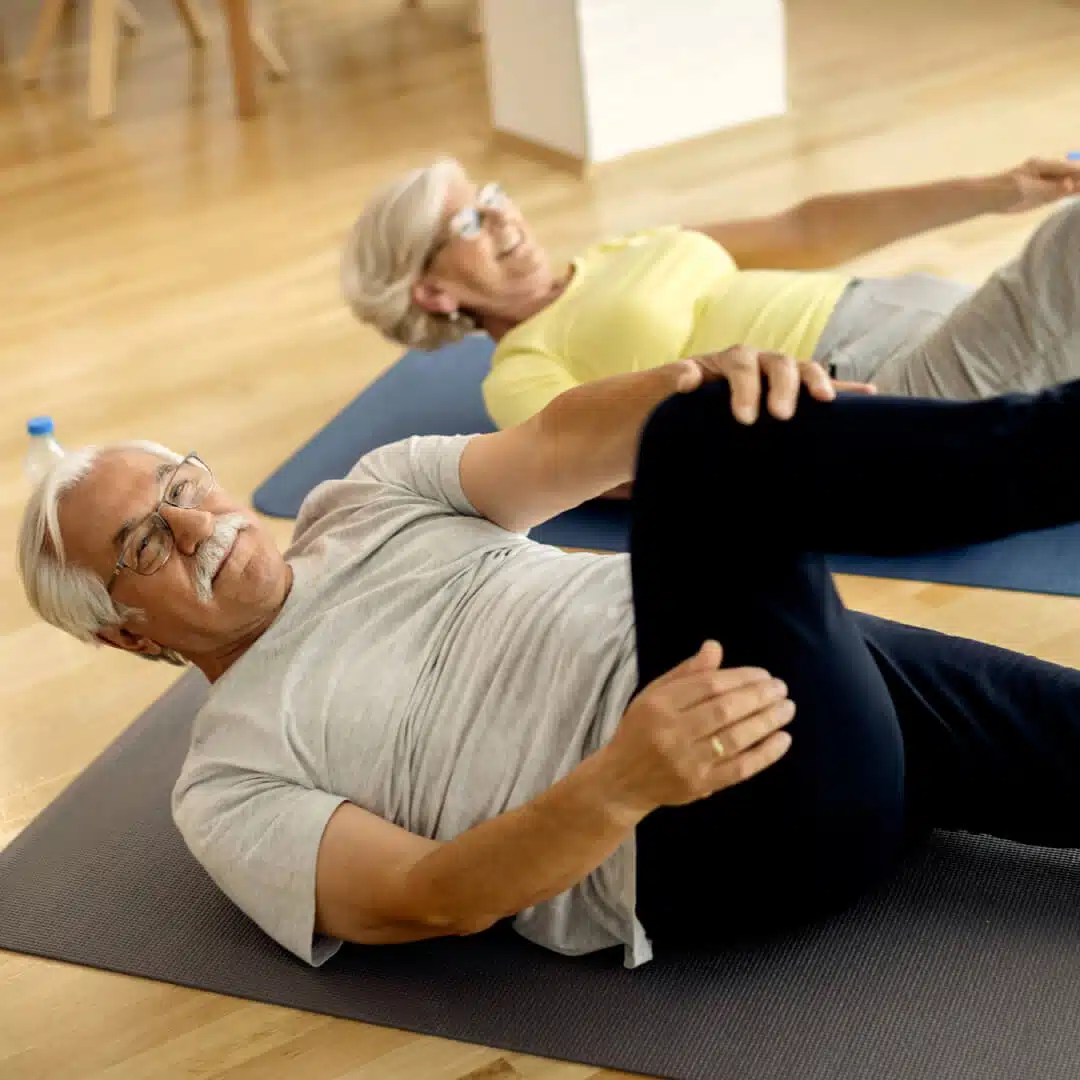
Here’s what you can expect when you work with our team:
1. Movement Assessment
We evaluate your entire lower body — not just your foot. How does your hip rotate? Does your knee collapse inward? Do you overpronate when you walk or run?
2. Customized Strength & Mobility Plan
We target the specific imbalances causing your foot to overwork — often starting at the hip and pelvis, not the foot itself.
3. Manual Therapy
Our hands-on treatments reduce pain, restore tissue mobility, and improve how your joints move so your foot isn’t doing all the work.
4. Foot Mechanics & Gait Retraining
We teach you how to walk and move in a way that reduces strain on your plantar fascia.
5. Return-to-Activity Programming
Whether you’re a runner, hiker, golfer, or weekend warrior — we help you get back to what you love, pain-free and stronger than before.
Who This Works For

This full-body approach helps:
- Adults who want to stay active without recurring foot pain
- Runners or athletes who’ve been sidelined
- Women 50+ who are tired of waking up with heel pain
- Anyone who’s been told they “just need better shoes”
- Patients who’ve tried traditional PT, orthotics, or injections — without success
If you’ve had plantar fasciitis treatment before and no one ever looked at your hip, knee, or how you walk — then the job wasn’t finished.
Your Foot Pain Isn’t the Real Problem — But We Can Help

Plantar fasciitis is frustrating. But when you understand that the problem is often higher up the chain — not just in the foot — you unlock real, lasting relief.
At Back In Motion, we specialize in fixing the cause, not just the symptom.
If your pain keeps coming back, don’t wait until it becomes chronic.
Learn more about our plantar fasciitis treatment, or schedule a full-body movement evaluation with our team of experts to finally get answers — and a real plan that works.

